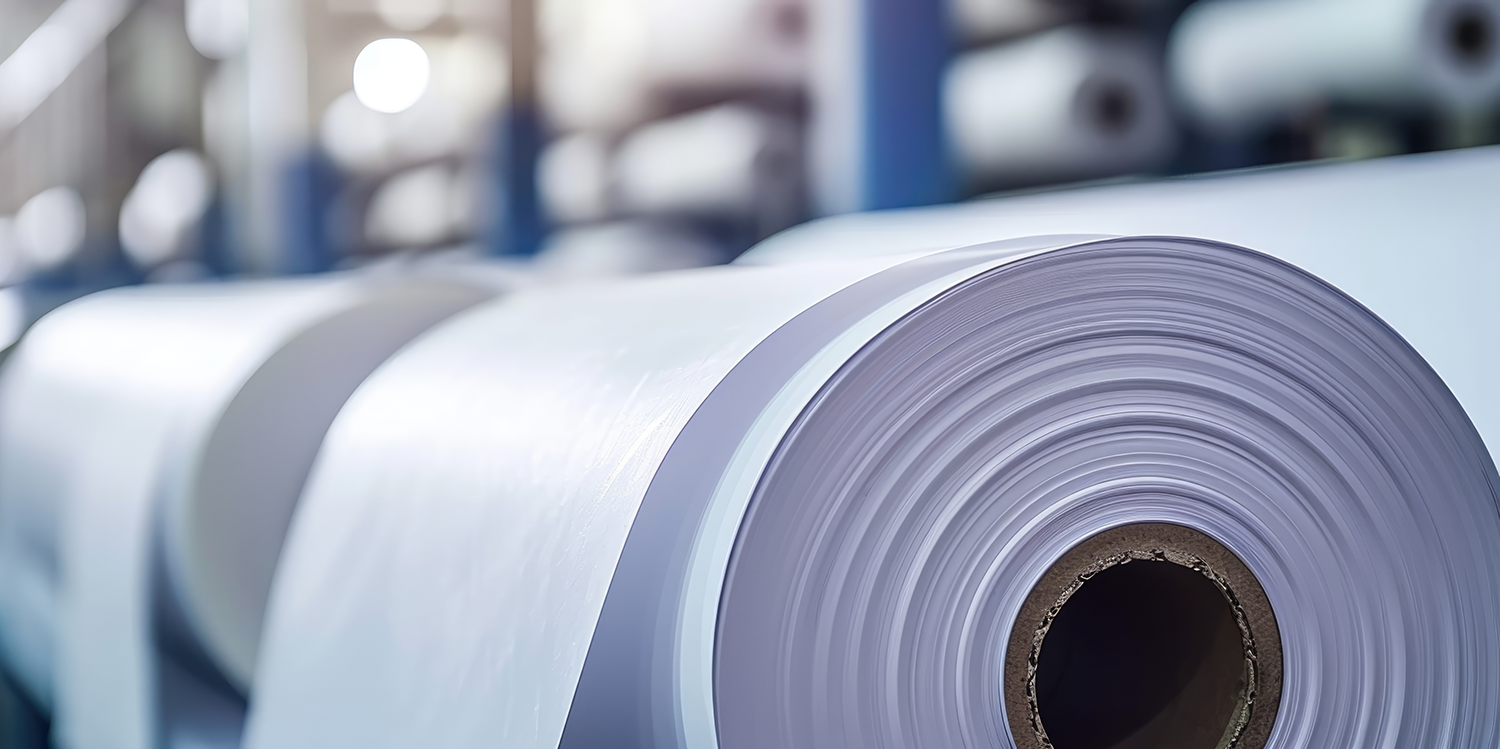How to Choose the Perfect Label Materials for Your Custom Cannabis Label Solutions

Choosing the right materials for your custom cannabis label solutions can feel overwhelming. Notably, if you’re unfamiliar with all the options available.
The first thing you need to ask yourself is, “How will these labels be used?” Secondly, consider “What type of look am I going for?”
Once you’ve answered these questions, you’ll have a solid foundation for selecting the right functional and aesthetic materials. But let’s break it down further by exploring some of the most common options for label solutions and how they fit into 420 packaging.
1.) BOPP (Biaxially Oriented Polypropylene)
BOPP is a popular choice in custom dispensary packaging because of its strengths and adaptability.
Advantages
- Durability – Resistant to water, oil, and chemicals—perfect for weed packaging labels.
- Clarity – High transparency and glossy finish create a premium appearance.
- Flexibility – Ideal for food, beverages, health, beauty, and custom packaging labels.
- Printability – Allows for crisp, high-quality graphics that make your weed label stand out.
Disadvantages
- Cost – More expensive than standard paper labels.
- Environmental Impact – A plastic-based material, it’s not the most eco-friendly option.
2.) Vinyl
Vinyl labels are an excellent choice when durability is a priority. If your product needs to withstand tough conditions, vinyl might be your best bet.
Advantages
- Extreme Durability – Resistant to water, UV rays, and abrasion.
- Flexible Application – Works well on curved or irregular surfaces.
- Strong Adhesion – Stays put on even the trickiest of packages.
Disadvantages
- Cost – Typically pricier than BOPP and paper labels.
- Not Biodegradable – Like BOPP, vinyl isn’t the most eco-friendly option.
3.) Foil
Want to make your packaging shine? Foil labels bring an eye-catching, premium look to your custom cannabis label solutions.
Advantages
- Luxury Appeal – Metallic sheen adds a high-end, attention-grabbing finish.
- Resilient – Resistant to moisture, oils, and some chemicals.
- Barrier Properties – Helps protect contents from light and oxygen exposure.
Disadvantages
- Higher Cost – More expensive due to material and processing.
- Limited Flexibility – May not conform to all packaging surfaces.
4.) Paper
Paper labels are the most economical choice and are great for brands looking for an eco-friendly and cost-effective custom dispensary packaging solution.
Advantages
- Budget-Friendly – The most affordable label option.
- Excellent Printability – Provides a clean, high-quality print surface.
- Eco-Conscious – Biodegradable and recyclable—ideal for sustainable brands.
Disadvantages
- Less Durable – Not resistant to water, oil, or tearing.
- Limited Applications – Not suitable for outdoor or high-moisture environments.
Which Label Material is Right for You?
Choosing the perfect label material depends on your specific needs. Whether you’re focused on durability, aesthetics, cost, or sustainability, there’s a solution that fits.
If you need expert guidance on selecting the best weed packaging labels for your brand, we’re here to help. We specialize in custom cannabis label solutions and offer a variety of custom packaging labels to suit any product. Contact us today to explore the best labeling options for your business!
